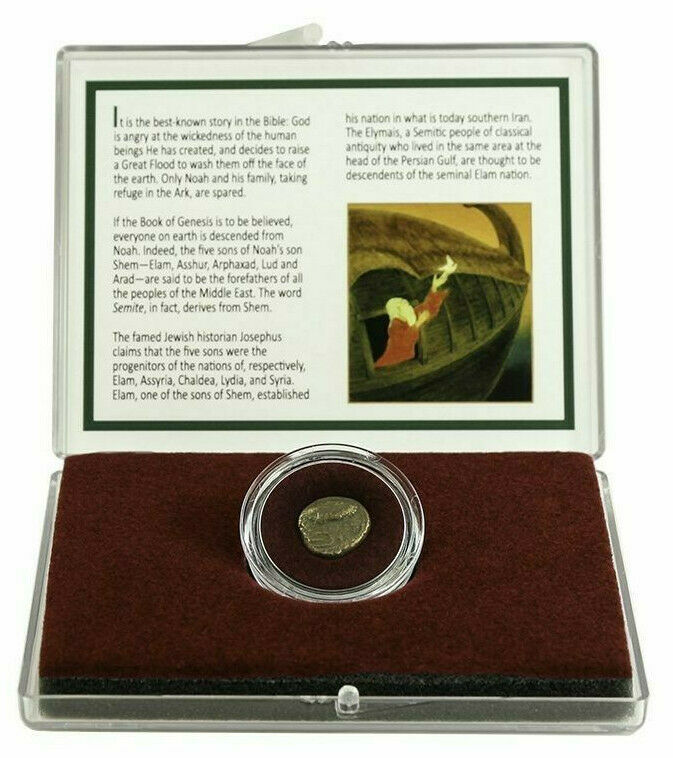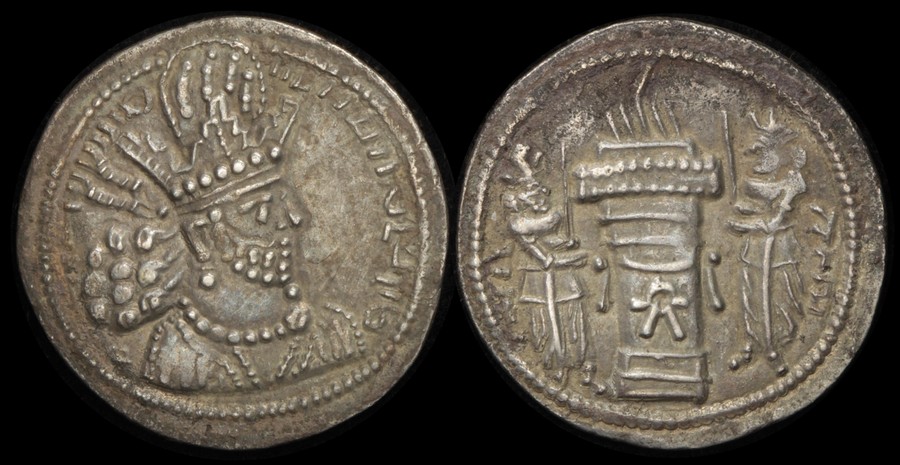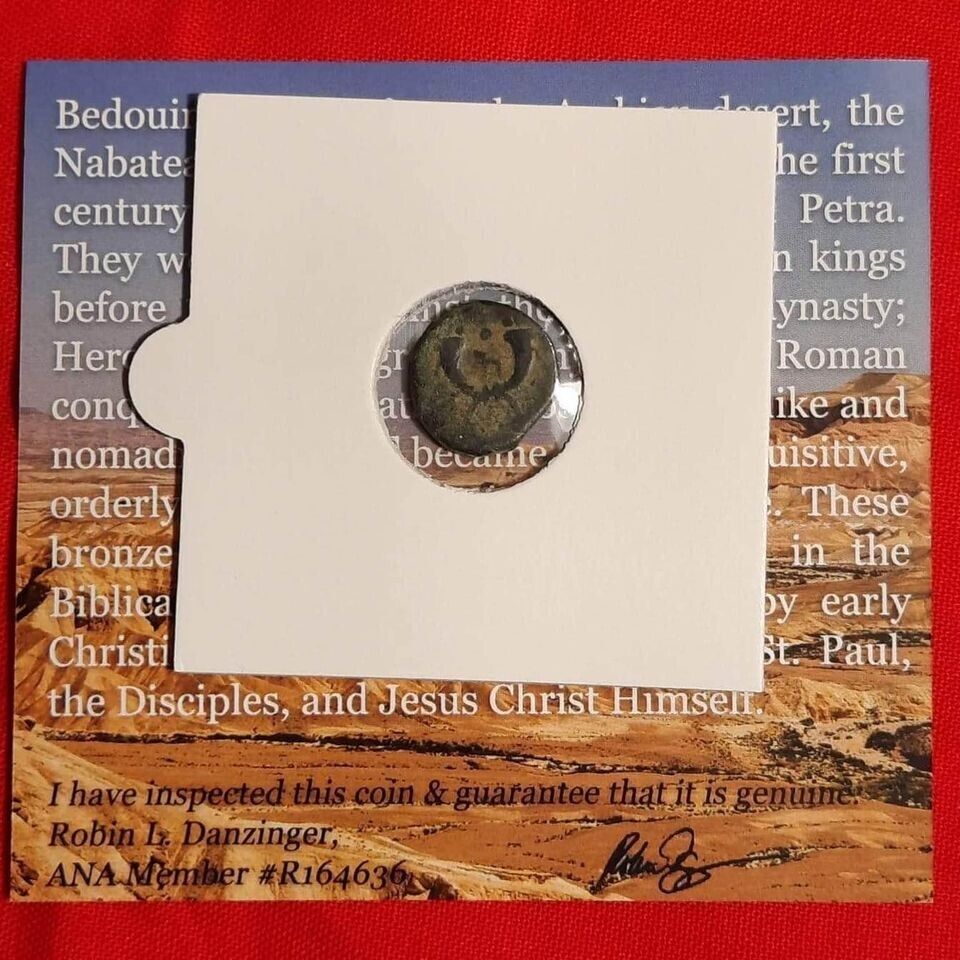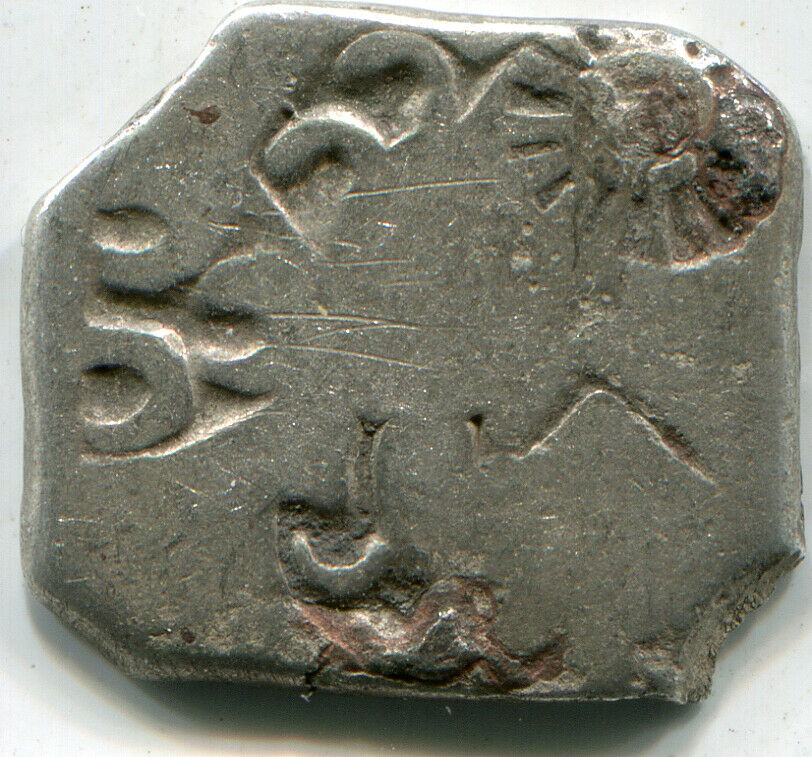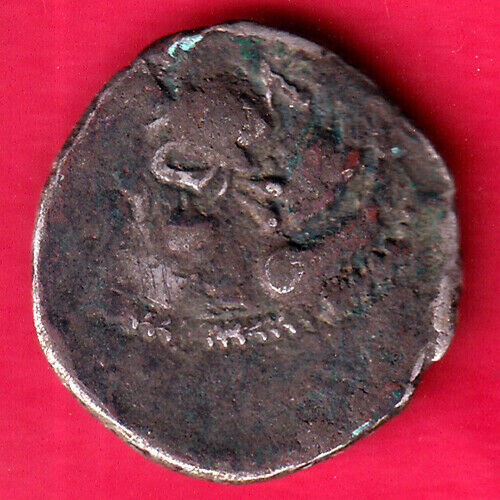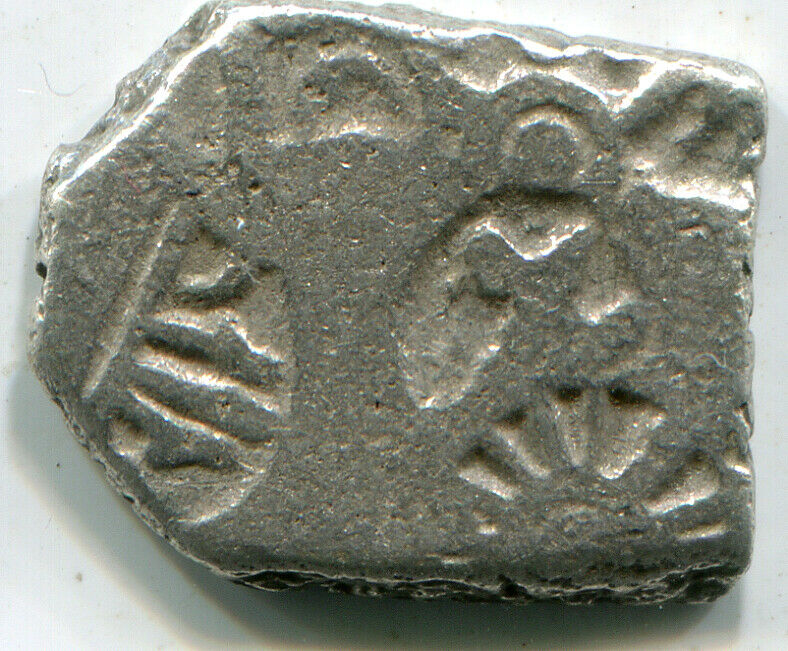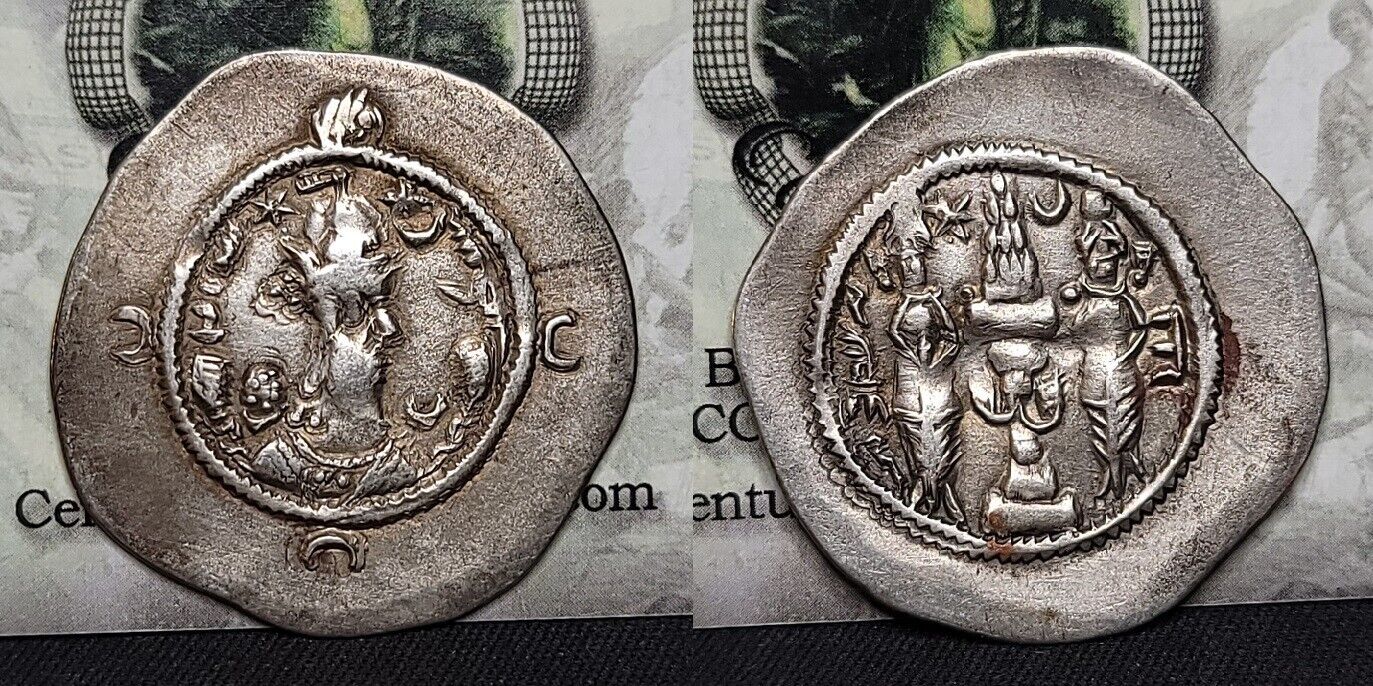-40%
LORD KINGS OF BUKHARA IN SOGDIANA BI DRACHM 25mm 2.03g BUHAR HUBKAY 590-650AD
$ 25.87
- Description
- Size Guide
Description
LORD KINGS OF BUKHARA IN SOGDIANA BI DRACHM 25mm 2.03g 2hBUHAR HUBKAY 590-650AD ZEIMAL FIG 1-10 MACW 1547 ex Fishman
CROWNED KING R WITH INSCRIPTION NCY DZM
CRESCENT ABOVE TAMGHA L / REV: FIRE ALTAR
I WILL SHIP OVERSEAS ONLY THROUGH THE GLOBAL SHIPPING PROGRAM
The Lord Kings of Bukhara or the Bukhar Khudahs were a local Sogdian dynasty. Very little is known of their early history which most certainly preceded the Islamic arrival in 650 AD. Large numbers of these billon drachms have been found, but the small amount of reliable history available does not mention a king called Hub Kay. The first ruler, Abru’I was a cruel man who was overthrown by a Turkic King named Qara Jurjin. It is said that King Kara was the 1
st
to mint coins, but this is doubted by historians. King Makh built a bazaar which was named after him and King Bindu, the first to be called a Bukhar Khudah, was killed by the Umayyads leaving the throne to his 3 month old son and his wife the famous Queen Khatun.
Bukhara is located in modern day Uzbekistan on the Silk Road. The area has been inhabited for 5000 years. According to legend the city was founded by the mythical King Siavash, but the city was historically founded in 500 BC as a vassal of the Persian Empire. It was taken by Alexander when he conquered the Persians and then passed to his General, Seleucid. It fell to the Kushans and then was ruled by the Bactrian Kings. The largest ancient gold coin ever minted, the Bactrian 20 stater of King Eucratides weighing in at 169 grams was discovered in Bukhara. Bukhara fell to the Hua tribe of Mongolia and slid into decline under the Chionites. When the Islamic army came in 650 they found a large population of multi-religious peoples who were unwilling to convert, and it wasn’t until 753 that Islam gradually began to take hold in the area. In 850, Bukhara became capital of the Samanids and in 999 it fell to the Qarakhanids. In 1220 the city was leveled by Genghis Khan. The Khanate of Bukhara was a feudal state that existed from 1500-1735 when it became a pawn in the Great Game between Russia and Britain. It eventually became a colonial acquisition of Russia and integrated into the Uzbek Soviet Socialist Republic now called Uzbekistan.


